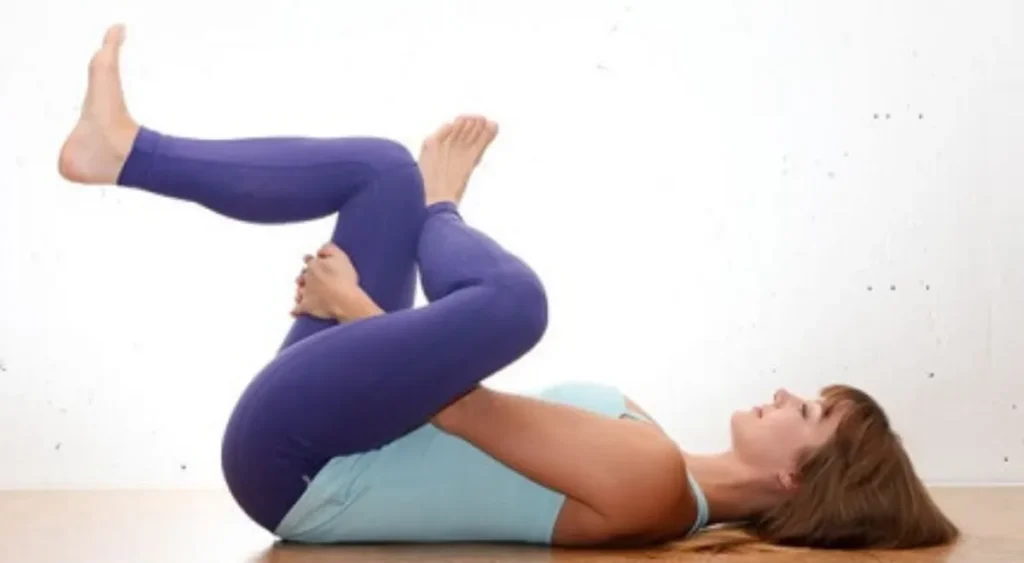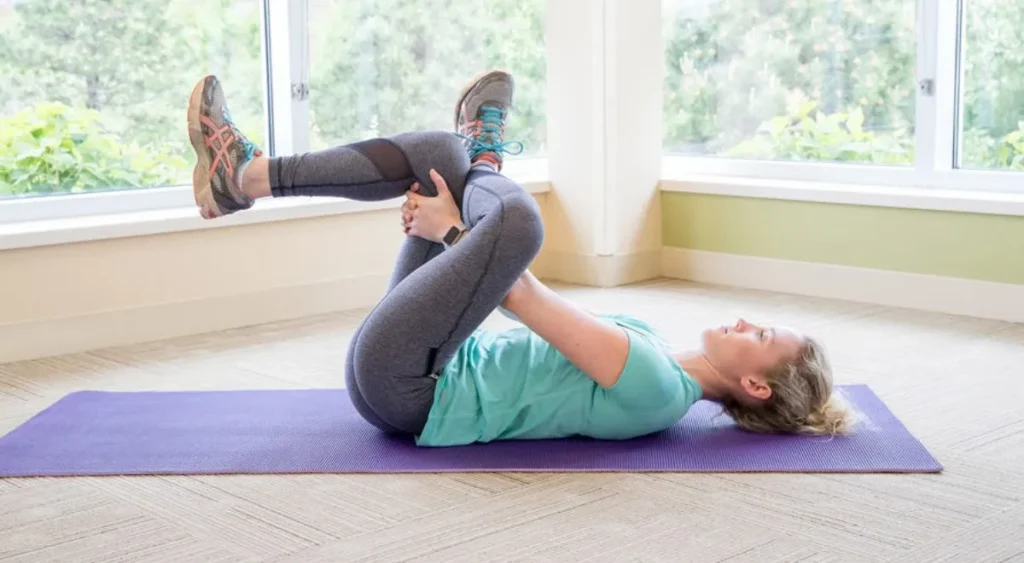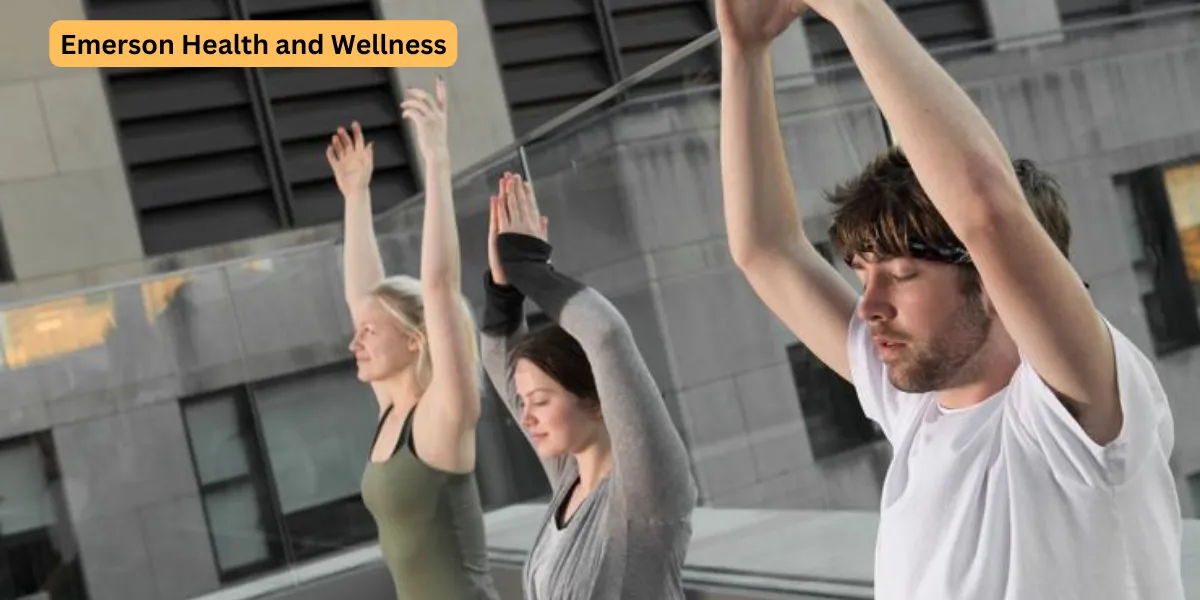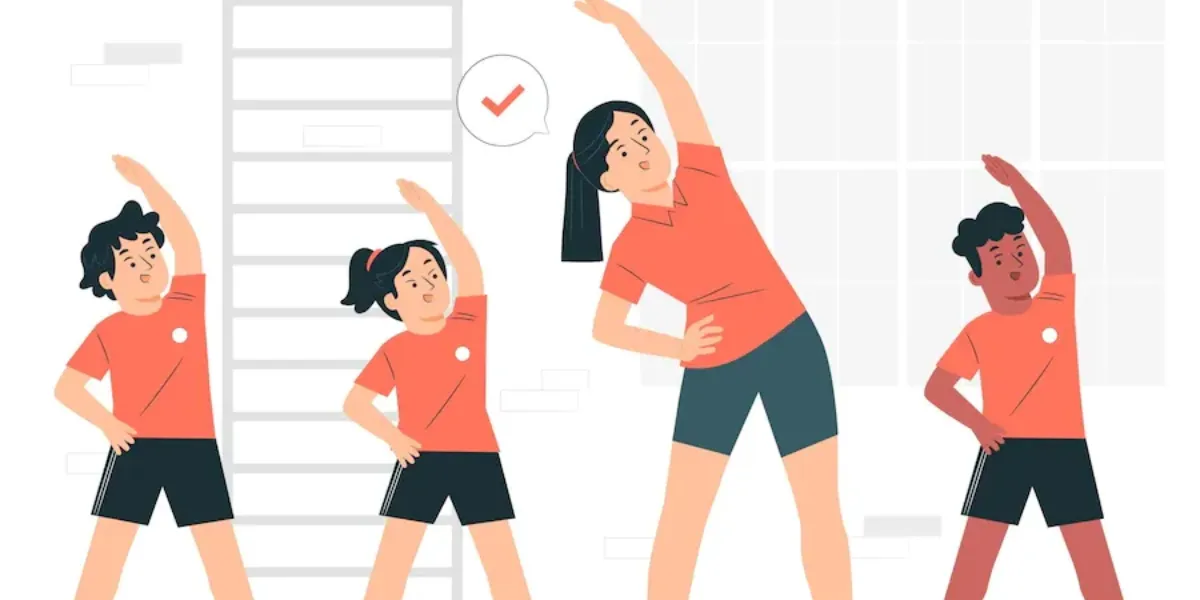Sciatica is a common issue, particularly among seniors, causing pain and discomfort. However, incorporating targeted exercises into your routine can provide significant relief. In this article, we’ll explore answers to common questions about sciatica, along with effective exercises tailored for seniors.
Table of Contents
ToggleWhat helps sciatic pain in the elderly?
Sciatic pain in seniors can be alleviated through a combination of gentle exercises, stretching, and lifestyle adjustments. By adopting a holistic approach, seniors can find relief and improve their overall well-being.
What is the best exercise for sciatica?
The best exercise for sciatica often varies from person to person, but a universally beneficial one is the Pelvic Tilt. This exercise helps strengthen the lower back and abdominal muscles, offering support to the spine and reducing sciatic pain.
How do you get immediate relief from sciatica pain at home?
Immediate relief from sciatica pain can be achieved through simple home remedies. Hot or Cold Compresses, Gentle Stretching, and Correct Posture are effective strategies. Learn more about these methods here.
Where are the pressure points to stop sciatic pain?
Pressure points that can help relieve sciatic pain include those in the lower back, buttocks, and legs. Targeted Massage Therapy and Acupressure in these areas can significantly reduce pain and tension.
What are the top 3 exercises for sciatica?
- Pelvic Tilt: Strengthens core muscles.
- Child’s Pose: Stretches the lower back.
- Knee to Chest Stretch: Eases tension in the lower back and hips.
Does walking help sciatica?
Yes, walking is a low-impact exercise that can help alleviate sciatica pain by promoting blood flow, reducing inflammation, and improving overall flexibility. Regular, gentle walks are beneficial for seniors dealing with sciatica.
What foods should you avoid with sciatica?
Seniors with sciatica should avoid inflammatory foods such as processed sugars, trans fats, and excessive caffeine. A diet rich in anti-inflammatory foods like fruits, vegetables, and omega-3 fatty acids is recommended.
What is the best sitting position for sciatica?
Maintaining a neutral spine position is crucial when sitting with sciatica. Use a chair with proper lumbar support, keep your feet flat on the ground, and avoid crossing your legs to reduce pressure on the sciatic nerve.
Is it better to rest or exercise with sciatica?
While rest is important during acute episodes, gentle exercises are generally beneficial for sciatica. Incorporating a combination of rest and targeted exercises provides a balanced approach to managing sciatic pain.
What is the best painkiller for sciatica?
Over-the-counter pain relievers such as ibuprofen or acetaminophen can help manage sciatica pain. However, it’s essential to consult with a healthcare professional for personalized advice.
Is Tylenol or ibuprofen better for sciatic nerve pain?
Both Tylenol (acetaminophen) and ibuprofen can be effective for managing sciatic nerve pain. The choice between them depends on individual preferences and any underlying health conditions. Consulting a healthcare provider is advisable.
What cream can I use for sciatica?
Topical creams containing anti-inflammatory ingredients such as arnica or capsaicin may provide relief. Always consult with a healthcare professional before using any new topical treatment.
How do you stretch your sciatic nerve?
Seated and Supine Piriformis Stretch, Hamstring Stretch, and Sciatic Nerve Glide exercises can help stretch the sciatic nerve. These should be done gently and consistently for optimal results.
How do you take pressure off the sciatic nerve while sitting?
Sitting on a cushion or using a lumbar roll can help maintain a natural curve in the spine, reducing pressure on the sciatic nerve. Taking regular breaks to stand and stretch is also crucial for preventing prolonged pressure.
How long does sciatica last?
The duration of sciatica varies, but many people experience relief within a few weeks with proper care. However, chronic cases may require ongoing management and lifestyle adjustments.
What makes sciatica worse?
Factors such as prolonged sitting, poor posture, lifting heavy objects incorrectly, and obesity can exacerbate sciatic pain. Identifying and avoiding these triggers is essential for managing and preventing sciatica.
What are the 4 stages of sciatica?
Sciatica typically progresses through four stages:
- Acute Stage: Initial onset of pain.
- Subacute Stage: Pain becomes more localized.
- Chronic Stage: Persistent pain lasting over 12 weeks.
- Recurrent Stage: Episodes of pain reoccur.
How to tell the difference between sciatica and a pinched nerve?
Sciatica is a type of pinched nerve, specifically affecting the sciatic nerve. However, not all pinched nerves result in sciatica. A healthcare professional can perform tests and evaluations to differentiate between the two.

Exercise Routine for Sciatica Relief
1. Pelvic Tilt:
- How to do it:
- Lie on your back with your knees bent.
- Tighten your abdominal muscles and push your lower back into the floor.
- Hold for a few seconds and then relax.
2. Child’s Pose:
- How to do it:
- Kneel on the floor with toes together and knees apart.
- Sit back on your heels, reaching your arms forward.
- Hold the stretch for 20-30 seconds.
3. Knee to Chest Stretch:
- How to do it:
- Lie on your back, legs extended.
- Bring one knee to your chest, holding for 20 seconds.
- Repeat with the other leg.
Incorporating these exercises into a daily routine can contribute to enhanced flexibility, reduced inflammation, and strengthen muscles, all essential for managing sciatica in seniors.
Lifestyle Tips for Sciatica Management
- Maintain a Healthy Weight: Excess weight can put additional pressure on the spine and aggravate sciatica. Seniors should strive for a healthy weight through a balanced diet and regular exercise.
- Stay Hydrated: Proper hydration supports the discs in the spine, promoting flexibility and reducing the risk of sciatic pain.
- Invest in Ergonomic Furniture: Seniors should use chairs and desks that provide adequate lumbar support, promoting proper posture and reducing strain on the lower back.
- Avoid Prolonged Sitting: Taking breaks to stand, stretch, and walk around can prevent the development or worsening of sciatica.
- Practice Good Posture: Maintaining a neutral spine when sitting, standing, or walking is crucial for managing sciatica. Simple adjustments can make a significant difference.
- Use Heat and Cold Therapy: Applying heat or cold packs to the affected area can help reduce inflammation and provide relief. Experiment with both to see which works best for you.
Frequently Asked Questions About Sciatica
How to Deal With Sciatica Flare-Ups?
During flare-ups, it’s essential to rest, apply ice or heat, and avoid activities that worsen the pain. Consult with a healthcare professional for personalized advice.
Can Yoga Help with Sciatica?
Yoga, with its focus on stretching and flexibility, can be beneficial for sciatica. However, it’s crucial to choose poses carefully and consult with a yoga instructor familiar with sciatica management.
When Should Seniors Seek Professional Help?
Persistent or severe sciatic pain, especially if accompanied by other symptoms like numbness or weakness, requires prompt medical attention. A healthcare professional can conduct diagnostic tests and recommend an appropriate treatment plan.
Are There Alternative Treatments for Sciatica?
In addition to exercises, alternative treatments such as acupuncture, chiropractic care, and physical therapy may offer relief. Always consult with your healthcare provider before trying alternative therapies.
What Is the Role of Medications in Sciatica Management?
Medications like muscle relaxants or prescription pain relievers may be recommended in severe cases. However, these should be used under the guidance of a healthcare professional.
Managing Sciatica Exercises For Seniors for seniors involves a multi-faceted approach, including targeted exercises, lifestyle adjustments, and, when necessary, professional guidance. By incorporating the right exercises and adopting a healthy lifestyle, seniors can find relief from sciatic pain and improve their overall quality of life. Remember to consult with a healthcare professional before starting any new exercise or treatment regimen, and for more detailed insights, explore the comprehensive information available at uMedicalBank.














